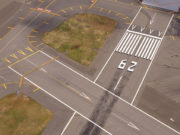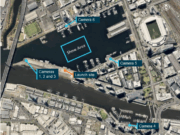The Australian Transport Safety Bureau (ATSB) has added fatigue and remotely piloted aircraft systems (RPAS), commonly referred to as drones, to the latest version of its annual SafetyWatch of safety priorities.
“Everyone has experienced fatigue at some point, but in the transport industry, where there’s often high pressure to deliver on-time services, fatigue can have very real, and potentially dangerous, implications,” said ATSB Chief Commission Greg Hood. Among fatigue’s potential influences on performance are slowed reaction time, decreased work efficiency, reduced motivation and increased variability in work performance, he said.
In terms of drones, Hood said that the number of RPAS in Australia has increased exponentially, “and with it, the number of near-encounters with manned aircraft has also increased. Thankfully, there have been no reported collisions in Australia to date, but we are working to manage any potential risks through our research and education.” According to ATSB, more than half of all drone occurrences reported to ATSB are near encounters with manned aircraft, and almost half of those involve high capacity air transport aircraft.
Other aviation safety issues included on ATSB’s multi-modal list include data input errors, inflight decision-making, non-controlled airspace, and aircraft being too low on approach.
Hood expressed concern about the carry-over of safety priorities from one year to the next. “As the national transport safety investigator for aviation, marine and rail, the ATSB is uniquely positioned to identify significant safety issues — and, all too often, we are seeing the same safety issues arising again and again.”

